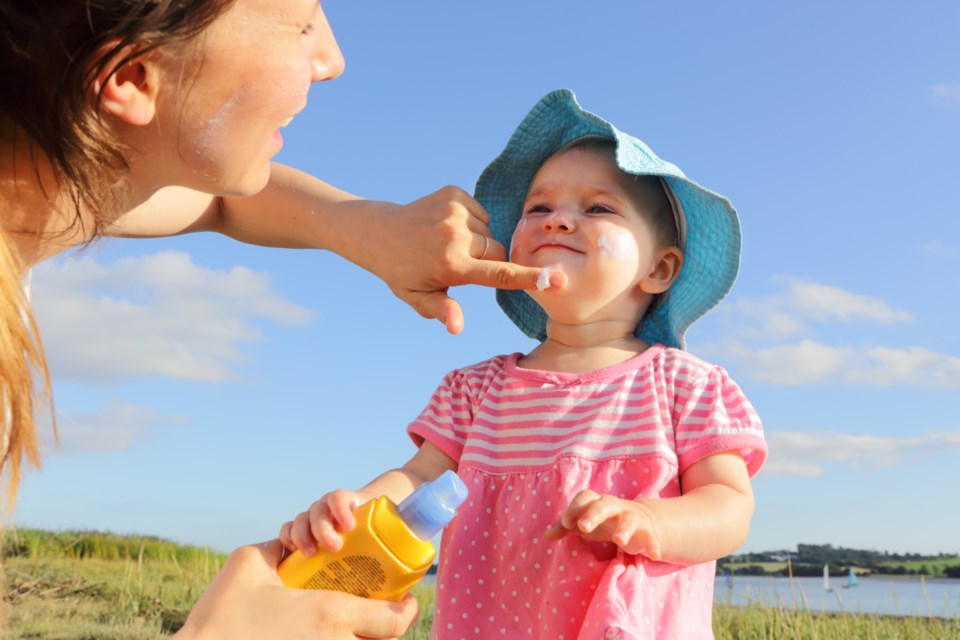A cancer survivor is reminding Moose Javians that excess UV radiation can damage skin, which is why it’s important to protect the largest organ of the body.
Kathy Barnard, founder of the Penticton, British Columbia-based Save Your Skin Foundation, virtually thanked city council during its May 23 regular meeting for proclaiming May as “Melanoma and Skin Cancer Awareness Month” in Moose Jaw.
The North Vancouver resident explained that she was diagnosed with malignant melanoma — the deadliest form of skin cancer — in 2003, and by 2005, doctors gave her six months to live after cancer spread throughout her body.
“I never would have imagined that my childhood days spent at the lake or playing softball would lead to such a deadly, life-threatening situation for (me),” she said.
Barnard explained that with summer nearly here, residents must practise sun safety and be vigilant, informed and aware of the potential risks of overexposure to UV radiation, which is allegedly one of the major causes of melanoma and non-melanoma skin cancers.
Though skin cancers — the most common — should be largely preventable, their diagnosis rates have been increasing, she continued. One in six Canadians born in the 1990s will likely acquire skin cancer in his or her lifetime, while there are more new cases of skin cancer yearly than the number of breast, prostate, lung and colon cancers combined.
While doctors can surgically remove most non-melanoma skin cancers, melanoma is so aggressive that the five-year survival rate of melanoma that has metastasized — spread to other parts of the body — is 18 per cent, Barnard said.
Meanwhile, melanoma is the seventh-most common cancer in Canada and fourth-most common for people aged 15 to 29.
Despite these figures, many people still seek the sun — or tanning beds and lamps — without taking precautionary measures or believe only severe burns contribute to skin cancer, she stated. The research allegedly shows that any darkening of skin colour — including a tan — indicates that the skin has experienced UV damage.
“Early detection and prevention are crucial in fighting this type of cancer,” Barnard said. “While no cancer — including melanoma — can be prevented, there is good news. The risk factors are well known and steps can be taken to significantly reduce the risk of developing this deadly disease.”
Residents should follow these tips while outdoors: always carry sunscreen, use SPF 30 sunscreen even during cloudy days, wear protective clothing, regularly check for new moles or changes in existing ones, limit sun exposure between 10 a.m. and 4 p.m., avoid tanning beds, and have your skin examined every three years for those under age 40 and yearly for those over 40.
Barnard also encouraged city administration to incorporate sun safety measures when designing new buildings or outdoor venues.
More than 50 Canadian municipalities have responded to the Save Your Skin Foundation’s call during the past two years to proclaim May as “Melanoma and Skin Cancer Awareness Month,” she added.
Founded in 2006, the Save Your Skin Foundation is a non-profit registered charity dedicated to the fight against non-melanoma skin cancers, melanoma and ocular melanoma through education, advocacy and awareness initiatives. It also provides funding to people who must travel — across town or outside of the province — for medical appointments.
The next regular council meeting is Monday, June 12.




